Discover the 30 most popular tourist attractions in Aurangabad, India. From the UNESCO World Heritage Sites of Ajanta and Ellora Caves to the iconic Bibi Ka Maqbara and the majestic Daulatabad Fort, explore the rich historical and cultural heritage of this enchanting city. Immerse yourself in the architectural wonders, witness ancient cave paintings, and indulge in the flavors of authentic Maharashtrian cuisine. Plan your visit to Aurangabad and experience the charm and grandeur that make it a captivating destination for history enthusiasts and culture lovers.
- Exploring the Marvels of Ajanta Caves: A Journey into Ancient Art
As you step into the magnificent Ajanta Caves, you are transported back in time to an era of artistic brilliance and spiritual enlightenment. Nestled in the Aurangabad district of Maharashtra, India, these ancient rock-cut caves offer a mesmerizing experience for tourists from all over the world.
Dating back to the 2nd century BCE, the Ajanta Caves are renowned for their exquisite Buddhist rock-cut sculptures and murals. The 30 numbered caves carved into the horseshoe-shaped cliff are a testament to the skilled craftsmanship of the ancient artisans. As you wander through the dimly lit interiors, you’ll encounter lifelike depictions of Buddha, vivid narrative panels, and intricate detailing that has stood the test of time.
- Ellora Caves: A Fusion of Religions and Architectural Wonders
Situated just a short distance away from Ajanta, the Ellora Caves present a remarkable blend of Hindu, Buddhist, and Jain art and architecture. These 34 caves, carved into the volcanic basalt rock, showcase the creative prowess of ancient civilizations that flourished between the 6th and 11th centuries.
One of the highlights of Ellora Caves is the awe-inspiring Kailash Temple, dedicated to Lord Shiva. This monolithic structure is the largest rock-cut temple in the world and is a testament to the architectural genius of the artisans who meticulously chiseled it out of a single rock.
- Bibi Ka Maqbara: The Taj Mahal’s Lesser-Known Cousin
Often referred to as the “Taj Mahal of the Deccan,” Bibi Ka Maqbara is a mausoleum dedicated to Aurangzeb’s wife, Dilras Banu Begum. Located in Aurangabad, this architectural gem showcases the elegant Mughal style and is a must-visit for history and art enthusiasts.
The mausoleum’s grand entrance, intricately designed minarets, and the central marble dome evoke a sense of grandeur reminiscent of the iconic Taj Mahal. Although smaller in scale, Bibi Ka Maqbara exudes its own unique charm and offers a serene ambiance that allows visitors to appreciate the architectural marvel up close.
- Daulatabad Fort: A Citadel of Strength and Strategic Brilliance
Perched atop a hill, the formidable Daulatabad Fort has witnessed centuries of history unfold within its walls. Originally built in the 12th century, this impenetrable fortress showcases the military prowess of its creators.
As you climb the steep pathway leading to the fort’s entrance, you can’t help but marvel at the strategic brilliance employed in its design. The complex maze-like structure, complete with multiple layers of defense mechanisms, ensures a fascinating exploration for visitors. From the awe-inspiring defense systems to the stunning views of the surrounding landscape, Daulatabad Fort offers a glimpse into the military architecture of a bygone era.
- Grishneshwar Temple: A Divine Journey into Faith and Devotion
Located near the Ellora Caves, the Grishneshwar Temple is one of the 12 sacred Jyotirlingas (shrines of Lord Shiva) in India. This ancient temple attracts devotees from far and wide who come to seek the blessings of Lord Shiva.
The temple’s architectural beauty, adorned with intricate carvings and sculptures, reflects the rich heritage of Indian craftsmanship. The spiritual aura and the melodic chants echoing within the temple premises create a serene ambiance, making it an ideal place for introspection and seeking solace.
- Aurangabad Caves: Unraveling the Mysteries of the Past
Aurangabad Caves, a group of 12 Buddhist caves, offers a glimpse into the rich cultural and religious heritage of the region. These caves, dating back to the 6th and 7th centuries, are known for their rock-cut sculptures and intricately designed pillars.
Exploring the Aurangabad Caves allows you to witness the evolution of architectural styles over the centuries. From the simple and austere caves of the early period to the ornate and detailed sculptures of later periods, each cave tells a unique story.
Whether you are an art lover, history enthusiast, or a spiritual seeker, Aurangabad, with its diverse array of attractions, promises an enriching experience that will leave a lasting impression.
- Panchakki (Water Mill): A Unique Blend of Technology and Spirituality
Panchakki, meaning “water mill,” is an intriguing historical site located in Aurangabad. Built during the Mughal era, it is a fascinating combination of a watermill and a mausoleum, making it a distinctive attraction for tourists.
The primary purpose of Panchakki was to harness the power of water to grind grains for the disciples of the Sufi saint Baba Shah Muzaffar. The mill’s intricate network of water channels and underground pipes showcases the innovative engineering skills of that time.
Besides its technological significance, Panchakki is also home to the tomb of Baba Shah Muzaffar, a revered Sufi saint. The serene ambiance of the complex and the beautiful architecture of the mausoleum create a tranquil atmosphere, making it a place of spiritual importance and introspection.
- Salim Ali Lake and Bird Sanctuary: A Haven for Nature Enthusiasts
For nature lovers and birdwatching enthusiasts, Salim Ali Lake and Bird Sanctuary in Aurangabad is a paradise waiting to be explored. Named after the renowned Indian ornithologist, Dr. Salim Ali, this sanctuary is a haven for a wide variety of migratory and resident bird species.
As you stroll along the tranquil pathways surrounding the lake, you’ll have the opportunity to spot colorful birds in their natural habitat. From graceful herons and playful kingfishers to vibrant flamingos and majestic eagles, the sanctuary offers a diverse avian spectacle throughout the year.
- Soneri Mahal: A Glimpse into Aurangabad’s Royal Legacy
Soneri Mahal, meaning “Golden Palace,” is a historical monument that provides a glimpse into the opulent lifestyle of Aurangabad’s rulers. Built during the medieval period, this grand palace was once adorned with gold leaf, hence its name.
Today, Soneri Mahal serves as a museum that houses a collection of artifacts, including intricate metalwork, exquisite paintings, and ancient manuscripts. Exploring the museum allows visitors to delve into the rich cultural heritage of the region and gain insights into the artistic and architectural marvels of the bygone era.
- Siddharth Garden and Zoo: A Serene Retreat amidst Nature
Nestled in the heart of Aurangabad, Siddharth Garden and Zoo offers a delightful escape into nature’s embrace. Spanning across a vast expanse, this well-maintained garden is adorned with lush greenery, colorful flowers, and tranquil water bodies.
The garden also features a zoo that is home to a diverse range of animals, including tigers, lions, monkeys, and various bird species. Children and adults alike can enjoy a leisurely stroll, have a picnic amidst nature, or simply relax in the serene surroundings.
- Jayakwadi Dam: A Majestic Water Reservoir
Jayakwadi Dam, situated on the Godavari River, is a marvel of engineering and a lifeline for the region’s agricultural needs. The dam’s colossal structure and the sprawling reservoir it creates provide a scenic landscape that attracts visitors from far and wide.
Visiting Jayakwadi Dam offers the opportunity to witness the impressive scale of this man-made marvel and appreciate the vital role it plays in sustaining the local ecosystem. The picturesque views, especially during sunset, make it an ideal spot for photography enthusiasts and nature lovers.
- Goga Baba Hill: A Spiritual Pilgrimage and Scenic Trek
Goga Baba Hill, located on the outskirts of Aurangabad, holds great religious significance for devotees of the Hindu deity Lord Gogaji. It is believed to be the site where Lord Gogaji meditated and attained spiritual enlightenment.
Apart from its religious importance, Goga Baba Hill is also a popular destination for trekkers and adventure seekers. The trail to the hilltop offers breathtaking panoramic views of the surrounding countryside, making it a memorable experience for nature enthusiasts and photography enthusiasts.
- Bani Begum Garden: A Tranquil Retreat in Nature’s Lap
Bani Begum Garden, named after the wife of Mughal emperor Aurangzeb, is a serene and picturesque garden in Aurangabad. This beautifully landscaped garden is adorned with vibrant flowers, lush lawns, and cascading water fountains.
Visitors can relax in the tranquil atmosphere, take leisurely walks along the meandering pathways, or simply enjoy a picnic amidst the bounties of nature. The garden’s meticulously manicured landscapes and the soothing sound of flowing water make it an ideal place to unwind and rejuvenate.
- Himayat Bagh: A Botanical Delight for Nature Enthusiasts
Himayat Bagh, also known as the Fruit Research Station, is a botanical garden that boasts a vast collection of exotic and indigenous fruit-bearing trees. Established during the Mughal era, this garden is a treasure trove for horticulturalists and fruit enthusiasts.
Walking through the garden, visitors can admire a wide variety of trees, including mango, guava, custard apple, and citrus trees. The serene ambiance, coupled with the fragrance of blooming flowers and the sight of lush greenery, creates a refreshing and educational experience for visitors of all ages.
- Chatrapati Shivaji Maharaj Museum: Unveiling Maharashtra’s Glorious Past
The Chatrapati Shivaji Maharaj Museum, formerly known as the Prince of Wales Museum, is a cultural institution that showcases the rich heritage of Maharashtra. The museum’s extensive collection includes artifacts, sculptures, paintings, and archaeological exhibits that depict the state’s history, art, and culture.
Visiting this museum offers a fascinating journey through time, allowing visitors to explore the diverse facets of Maharashtra’s past. From ancient relics and sculptures to intricate textiles and weaponry, the museum presents a comprehensive overview of the region’s heritage.
- Naukhanda Palace: A Majestic Relic of the Peshwa Era
Naukhanda Palace, a magnificent structure located in Aurangabad, is an architectural masterpiece that reflects the grandeur of the Peshwa dynasty. Built in the 18th century, this palace was originally used as a residence for the royal guests of the Peshwas.
The palace’s stunning design, with its intricately carved arches and spacious courtyards, showcases the blend of Mughal and Maratha architectural styles. While the palace is not open to the public, its exterior and the surrounding gardens offer a glimpse into its regal past, making it a popular spot for photography and history enthusiasts.
- Chini Mahal: Where Artistry Meets Elegance
Chini Mahal, also known as the Palace of China, is a historic monument located in Aurangabad. Built during the reign of the Nizams, this palace is renowned for its exquisite tile work and ornate decorations.
The palace’s walls, adorned with colorful ceramic tiles and intricate motifs, create a visual spectacle that showcases the artistry and craftsmanship of the time. Although access to the interior may be restricted, the exterior of Chini Mahal stands as a testament to the architectural splendor of a bygone era.
- Shahganj Masjid: A Blend of Islamic Architecture and Spiritual Serenity
Shahganj Masjid, a beautiful mosque located in Aurangabad, is an architectural gem that exemplifies the intricate beauty of Islamic design. Built during the Mughal period, the mosque’s elegant domes, minarets, and intricate carvings are a sight to behold.
Visitors can immerse themselves in the serene ambiance of the mosque, appreciate the architectural details, and experience a moment of tranquility and spirituality. Whether you’re interested in Islamic architecture or seeking a place for quiet contemplation, Shahganj Masjid offers a peaceful sanctuary.
- Cannought Place: A Shopper’s Delight and Food Lover’s Paradise
Connaught Place, often referred to as C.P., is a bustling commercial hub in the heart of Delhi. This iconic circular market is a shopper’s paradise, offering a wide range of retail stores, boutiques, and international brands.
Apart from shopping, Connaught Place is also known for its vibrant culinary scene. The area is dotted with a plethora of restaurants, cafes, and street food stalls, serving a diverse array of cuisines. Whether you’re craving traditional Indian delicacies, international flavors, or simply want to indulge in some street food delights, Connaught Place has something to satisfy every palate.
- Quila-E-Ark: A Fortress of History and Heritage
Quila-E-Ark, also known as Ark of Triumph, is a historical fort located in Aurangabad. Built by Aurangzeb, this fortified structure served as a defense mechanism during turbulent times.
The fort’s massive walls, imposing gateways, and strategic architecture provide a glimpse into the military strategies employed during that era. Exploring Quila-E-Ark allows visitors to walk through history and appreciate the architectural ingenuity that went into its construction.
- Gul Mandi: A Vibrant Market for Shopaholics
Gul Mandi, the bustling market in Aurangabad, is a treasure trove for shopaholics and bargain hunters. This vibrant market is known for its wide range of goods, including textiles, jewelry, handicrafts, and traditional artifacts.
Walking through Gul Mandi, visitors can soak in the lively atmosphere, interact with local vendors, and shop for unique souvenirs. From intricately embroidered fabrics to beautifully crafted metalwork, the market offers a glimpse into the local culture and craftsmanship.

- Sunheri Mahal: A Glorious Relic of the Mughal Era
Sunheri Mahal, meaning “Golden Palace,” is a historical monument located in Aurangabad. Built during the Mughal period, this palace showcases the architectural splendor and opulence of that time.
Although the palace is not open to the public, its striking golden facade and ornate design are a sight to behold. Visitors can admire the palace from the outside and appreciate its historical significance and the artistic brilliance that went into its construction.
- Jama Mosque: A Testament to Aurangabad’s Islamic Heritage
Jama Mosque, also known as Jama Masjid, is an important religious site in Aurangabad. Built in the 17th century, this mosque is an architectural marvel that reflects the rich Islamic heritage of the region.
The mosque’s impressive domes, intricately carved pillars, and spacious courtyards create a serene ambiance for worshippers and visitors alike. The architecture and design of Jama Mosque exemplify the elegance and grandeur of Mughal and Persian influences, making it a must-visit for history and architecture enthusiasts.
- Gulistan-e-Golshan: An Oasis of Beauty and Tranquility
Gulistan-e-Golshan, meaning “Garden of Roses,” is a picturesque garden in Aurangabad. Known for its lush greenery, vibrant flowers, and well-manicured landscapes, this garden provides a serene retreat amidst the bustling city.
Visitors can take leisurely walks along the pathways, relax amidst the fragrant roses, and enjoy the calming presence of water fountains. Whether you’re seeking solitude, a romantic setting, or a peaceful place to connect with nature, Gulistan-e-Golshan offers a tranquil escape.
- Shri Bhadra Maruti Temple: A Sacred Shrine for Devotees
Shri Bhadra Maruti Temple, dedicated to Lord Hanuman, is a revered pilgrimage site in Aurangabad. Nestled amidst the serene surroundings of Khuldabad, this temple attracts devotees from far and wide.
The temple’s peaceful ambiance, melodious chants, and the spiritual fervor of the devotees create a deeply enriching experience. Visitors can seek blessings, participate in religious ceremonies, and witness the devotion that permeates the temple’s atmosphere.
- Kali Masjid: A Symbol of Communal Harmony
Kali Masjid, located in Aurangabad, is an architectural marvel that exemplifies the harmonious coexistence of different religious communities in the region. This mosque, built in the early 17th century, stands adjacent to a temple dedicated to the Hindu goddess Kali.
The unique aspect of Kali Masjid is its fusion of Islamic and Hindu architectural styles. The mosque’s domes, minarets, and intricate carvings coexist harmoniously with the temple’s spires and sculptures, creating a symbol of unity and tolerance.
- Kham River: A Serene Waterway for Nature Lovers
Kham River, flowing through the heart of Aurangabad, offers a tranquil escape into nature’s lap. The river’s gentle currents, lush riverbanks, and picturesque landscapes make it a delightful spot for nature lovers and photography enthusiasts.
Visitors can enjoy boat rides along the river, go fishing, or simply relax by the riverbanks, basking in the serenity and beauty of the surroundings. The Kham River provides a soothing respite from the city’s hustle and bustle, allowing visitors to reconnect with nature.

- Gautala Wildlife Sanctuary: A Haven for Wildlife Enthusiasts
Gautala Wildlife Sanctuary, situated in Aurangabad, is a protected area that encompasses diverse ecosystems, including forests, grasslands, and water bodies. This sanctuary is home to a wide variety of flora and fauna, making it a paradise for wildlife enthusiasts and nature lovers.
Venturing into the sanctuary offers the opportunity to spot animals like leopards, hyenas, wild boars, and several species of birds. Trekking trails amidst the lush greenery allow visitors to explore the sanctuary’s natural beauty and appreciate the importance of conservation efforts.
- Shri Renukamata Temple: A Spiritual Abode for Devotees
Shri Renukamata Temple, dedicated to the Hindu goddess Renuka, is a significant pilgrimage site near Aurangabad. Surrounded by scenic hills and lush greenery, this temple provides a serene and tranquil atmosphere for devotees.
Visitors can participate in religious rituals, seek blessings, and experience the spiritual aura that envelops the temple. The temple’s architecture, adorned with intricate carvings and sculptures, showcases the devotion and artistic brilliance of the craftsmen.
- Nandanvan Garden: A Recreational Haven for Families
Nandanvan Garden, located in Aurangabad, is a popular recreational spot that offers a range of activities for families and children. This well-maintained garden features expansive lawns, colorful flowerbeds, and various play areas.
Families can enjoy picnics, take leisurely walks, or engage in outdoor games amidst the natural beauty of the garden. The serene ambiance, coupled with the joyful laughter of children, makes Nandanvan Garden a perfect destination for a fun-filled day out.
Conclusion || Aurangabad
In conclusion, Aurangabad is a city that offers a treasure trove of historical and cultural wonders for visitors to explore. From the awe-inspiring Ajanta and Ellora Caves, with their intricate rock-cut architecture and ancient cave paintings, to the stunning Bibi Ka Maqbara, often referred to as the “mini Taj Mahal,” Aurangabad showcases a rich heritage. The majestic Daulatabad Fort, with its strategic location and impressive architecture, adds to the city’s allure. Additionally, Aurangabad’s vibrant markets, delectable Maharashtrian cuisine, and warm hospitality make it a complete experience for travelers. Whether you are a history enthusiast, an art lover, or a culinary explorer, Aurangabad offers something unique and memorable. Plan your visit to this captivating city and immerse yourself in its rich cultural tapestry and architectural marvels.
What are the Ajanta and Ellora Caves in Aurangabad?
The Ajanta and Ellora Caves are UNESCO World Heritage Sites located near Aurangabad. The Ajanta Caves are a collection of Buddhist rock-cut cave temples renowned for their stunning ancient frescoes and sculptures. The Ellora Caves comprise Buddhist, Hindu, and Jain rock-cut temples and monasteries, showcasing a remarkable fusion of artistic styles.
How can I reach Aurangabad?
Aurangabad is well-connected by air, rail, and road. The Aurangabad Airport has regular domestic flights connecting it to major cities in India. The city also has a railway station with trains connecting it to various parts of the country. Additionally, Aurangabad is well-connected by road with national highways and state highways linking it to neighboring cities.
Are the Ajanta and Ellora Caves open to visitors throughout the year?
Yes, the Ajanta and Ellora Caves are open to visitors throughout the year. However, it is advisable to check the timings and any specific entry restrictions beforehand. It’s also important to note that certain caves may have limited access or be temporarily closed for restoration work, so it’s a good idea to plan your visit accordingly.
Is photography allowed inside the Ajanta and Ellora Caves?
Photography is generally allowed inside the Ajanta and Ellora Caves, but with certain restrictions. In some areas, flash photography may be prohibited to preserve the delicate artworks. It’s always recommended to check with the authorities or guides present at the caves for the latest guidelines regarding photography.
What is the best time to visit Aurangabad?
The best time to visit Aurangabad is during the winter months, from October to March, when the weather is pleasant and suitable for sightseeing. The temperatures are mild and comfortable, making it ideal for exploring the outdoor attractions. It’s advisable to avoid visiting during the summer months as the temperatures can get quite hot.
Book Your Flights: Here 30% OFF on Booking
Book Your Hotels: Here 20% OFF on Booking

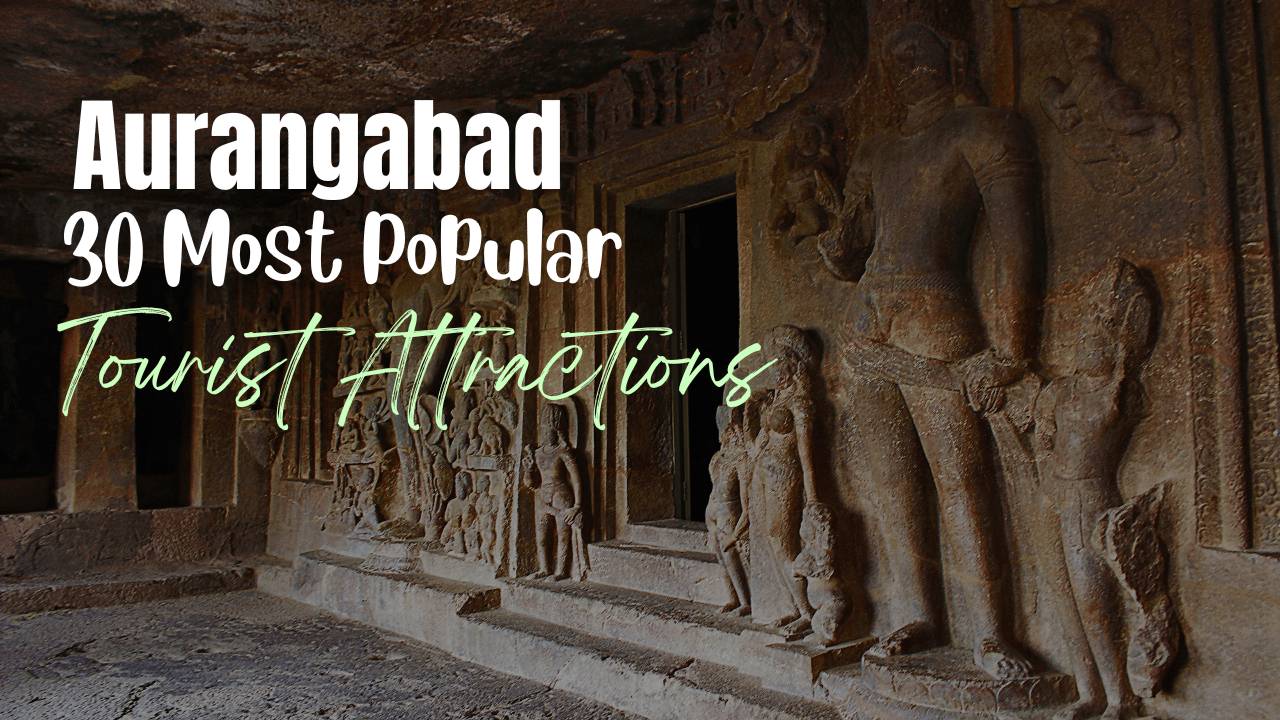
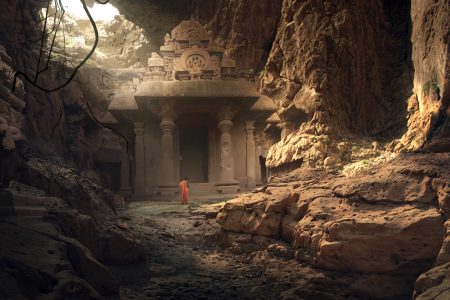

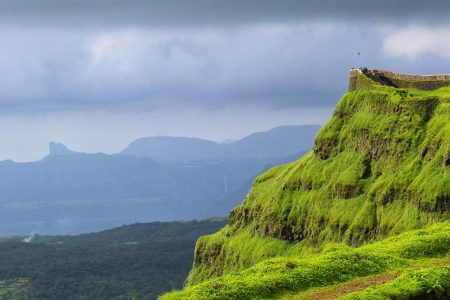

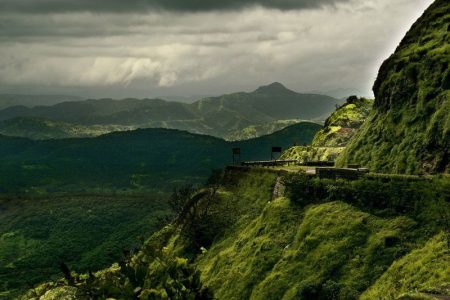


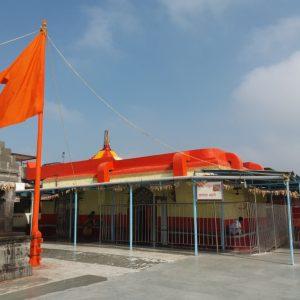
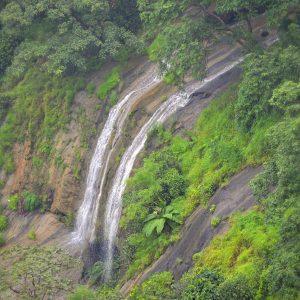

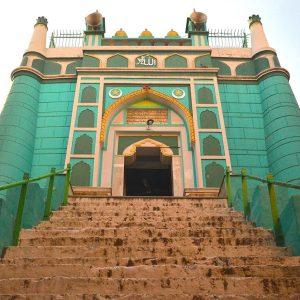
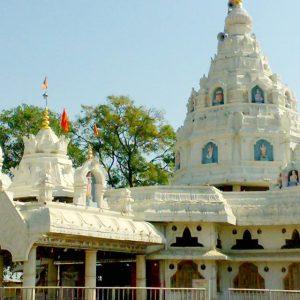

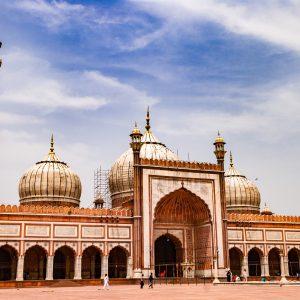
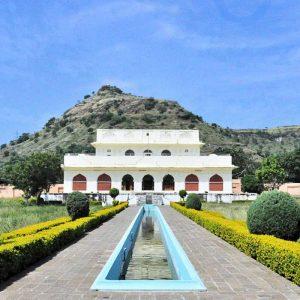
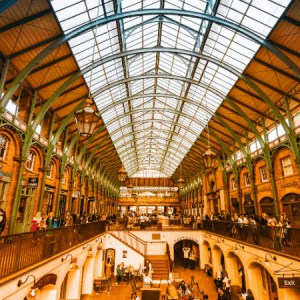


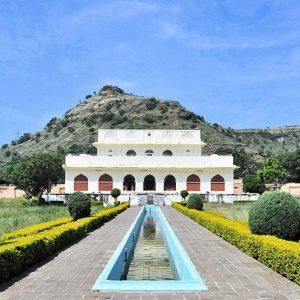

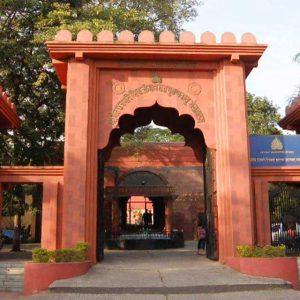

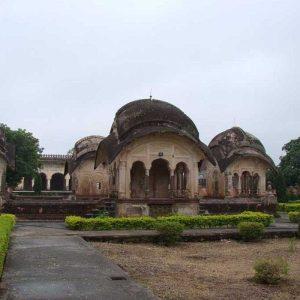


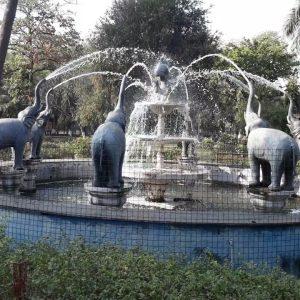



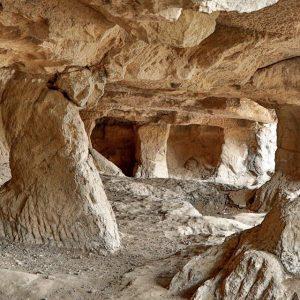

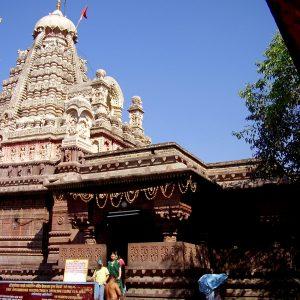
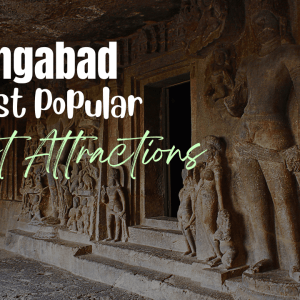



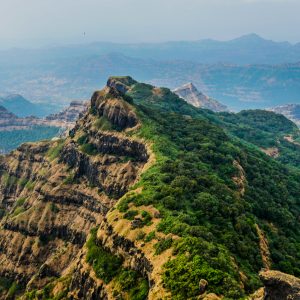




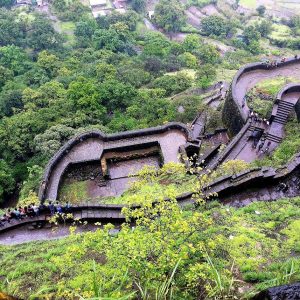




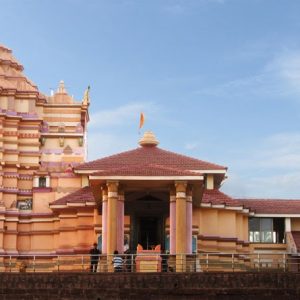





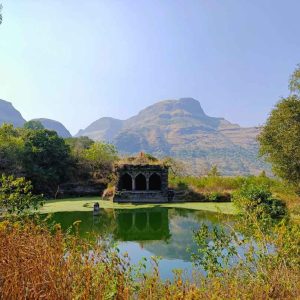



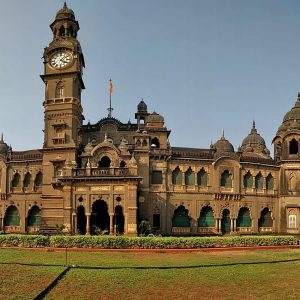


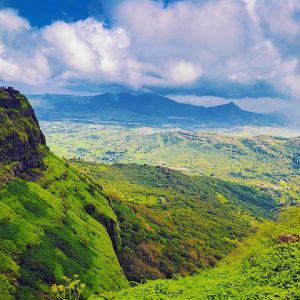
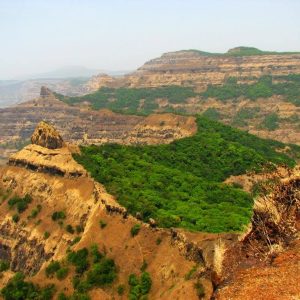



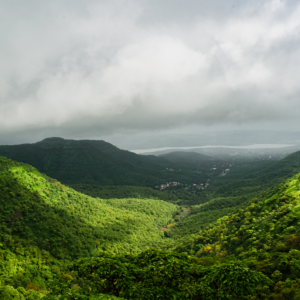
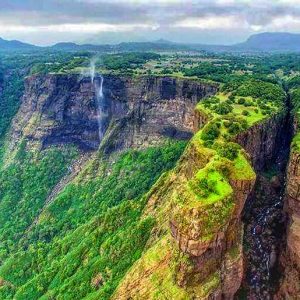

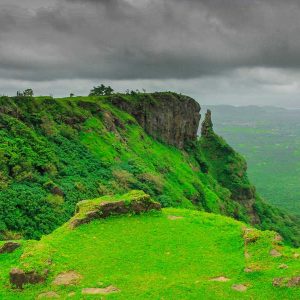

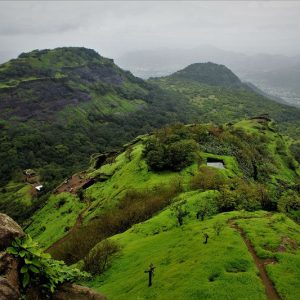


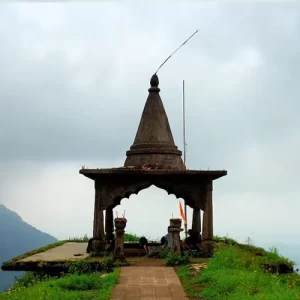
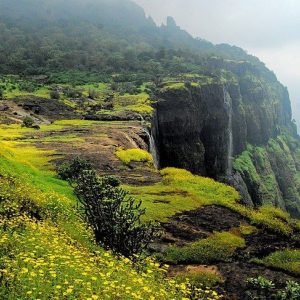
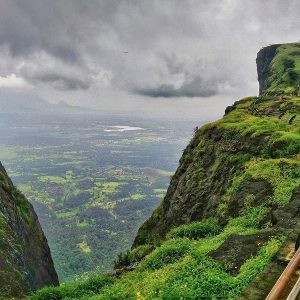


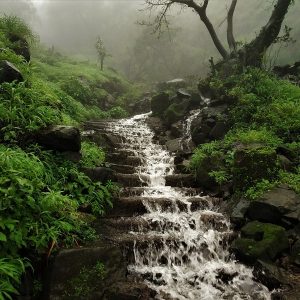


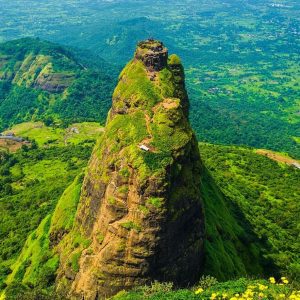


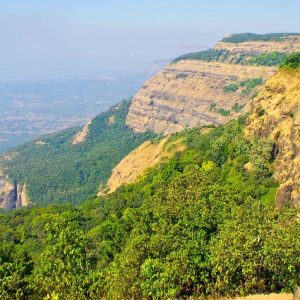
0 Comment